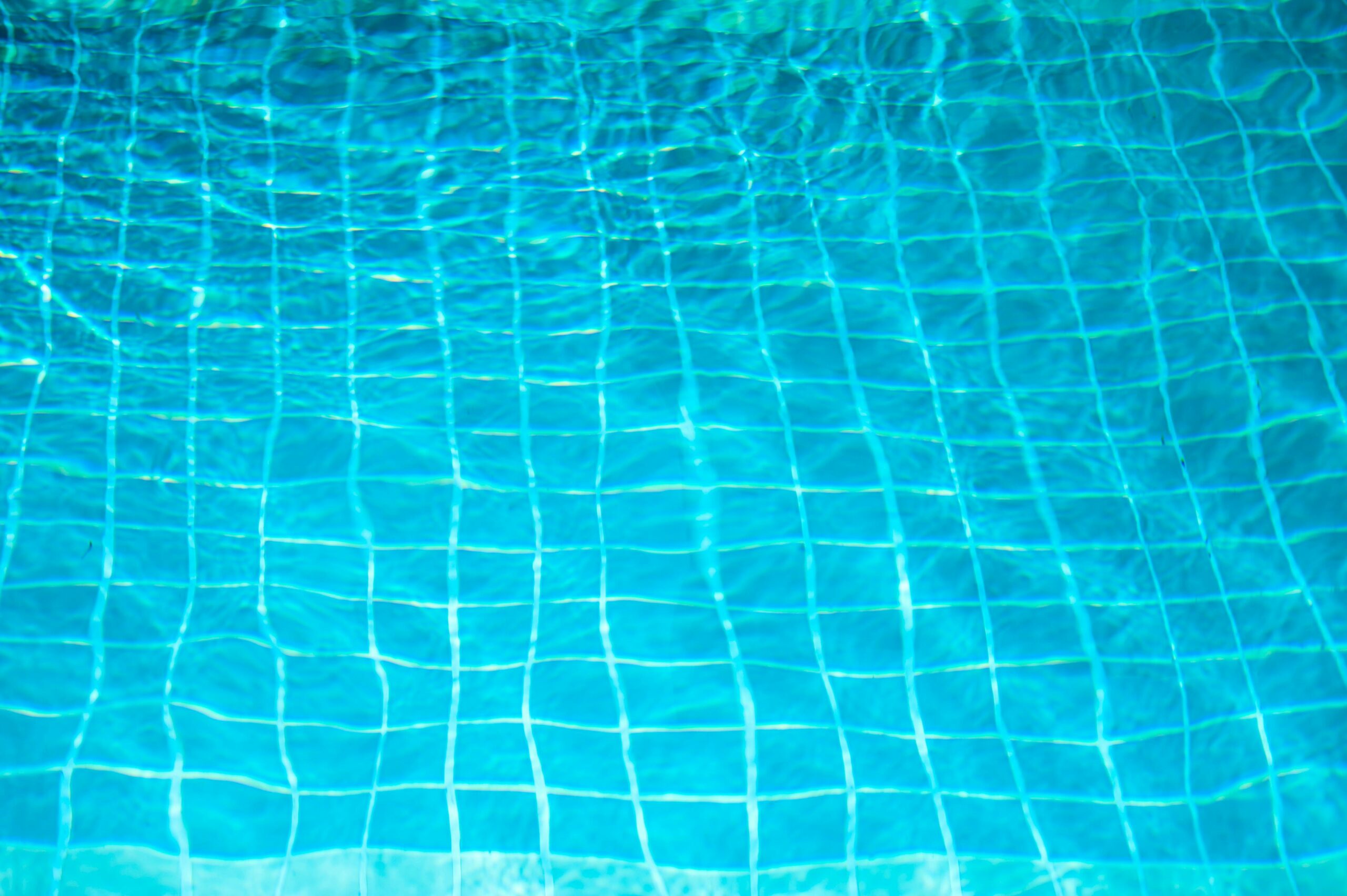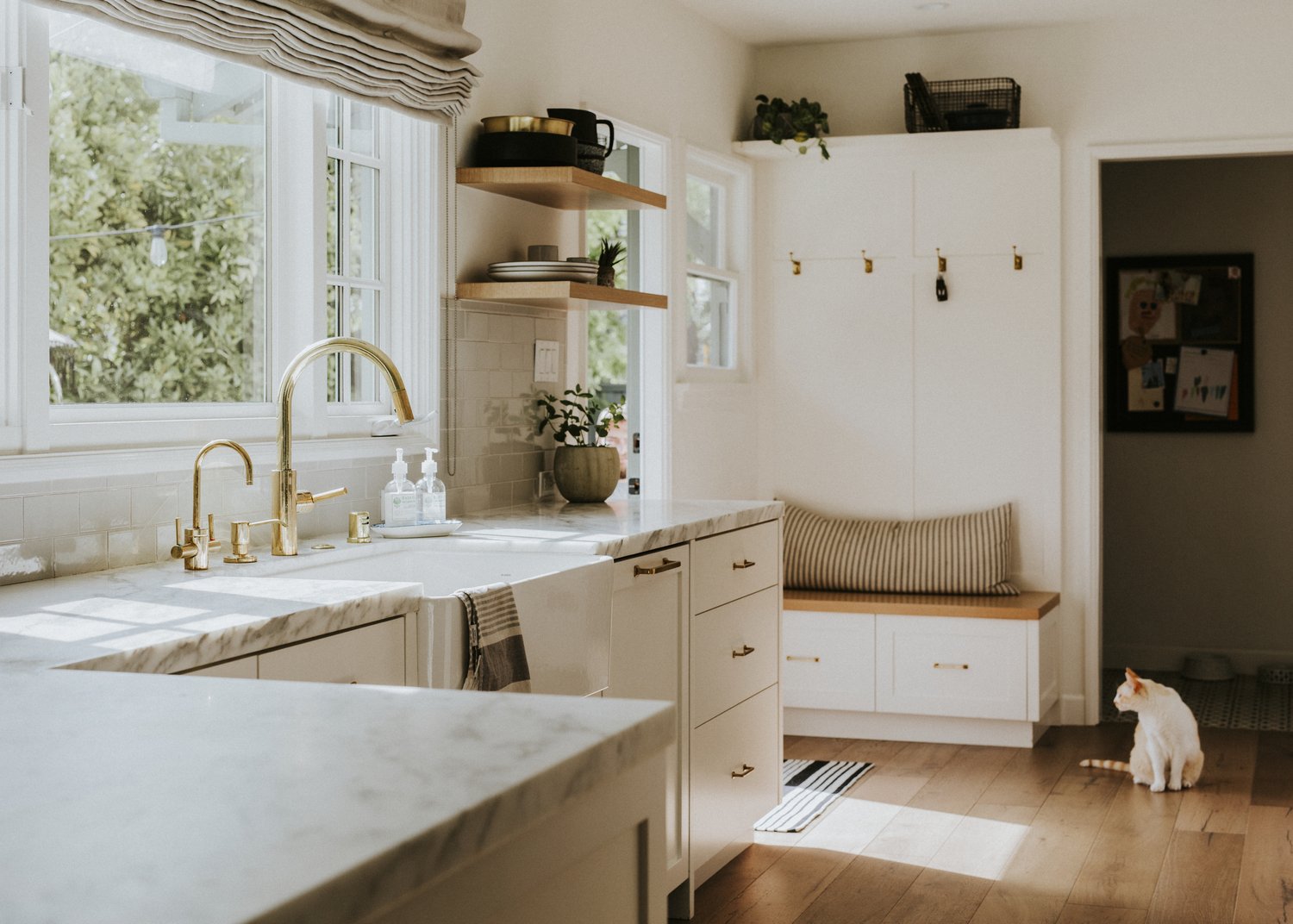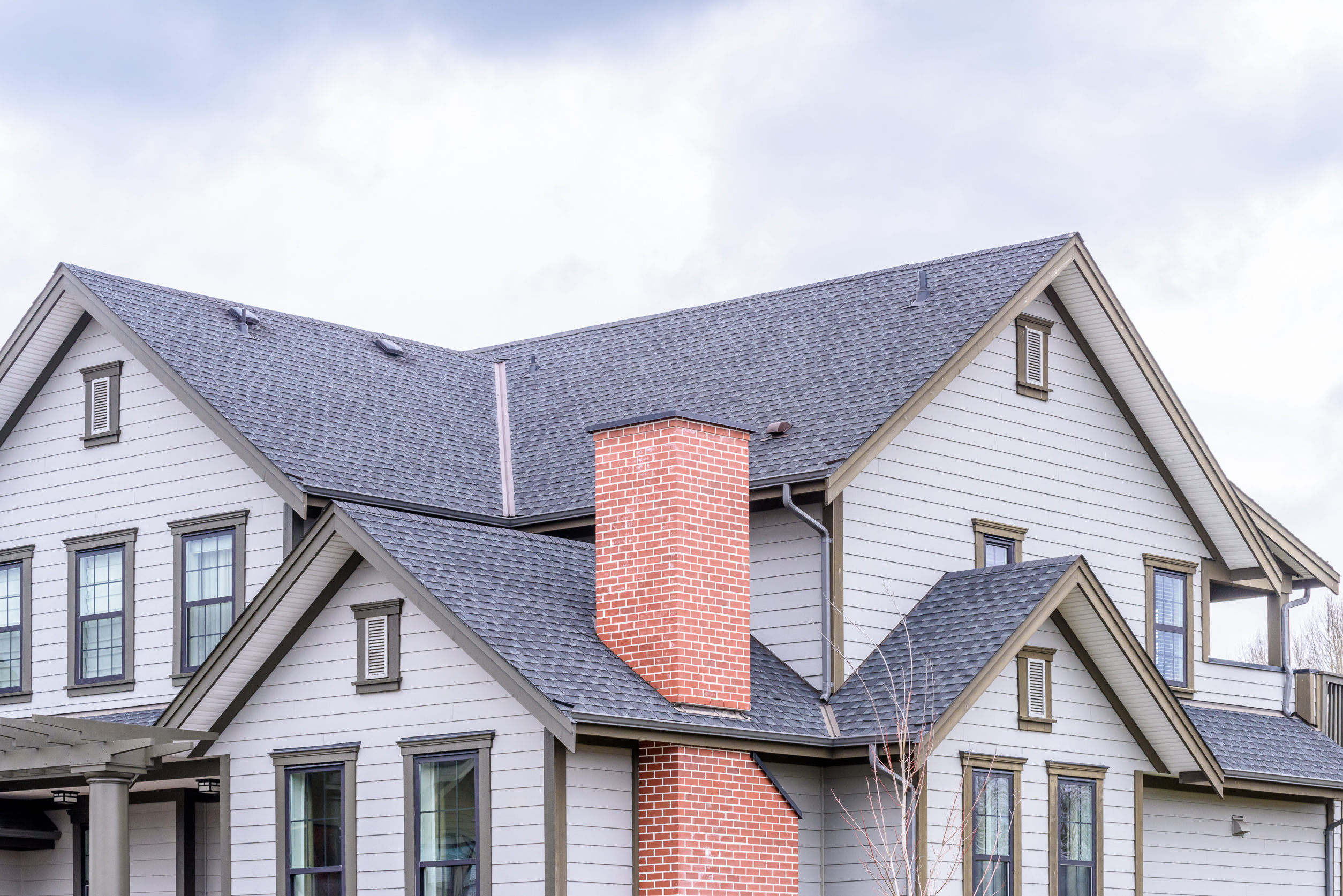Maintaining a swimming pool involves addressing inevitable repair needs that arise from regular use and environmental factors. From mysterious water level drops indicating potential leaks to strange noises coming from your pump, pool issues can range from minor inconveniences to major structural problems. This comprehensive guide will walk you through the most common pool repair problems, help you understand when you can handle repairs yourself, and identify situations where professional intervention is necessary. We’ll also discuss typical cost considerations for various repairs to help you budget appropriately for pool maintenance.
Understanding Pool Leaks
Pool leaks rank among the most concerning issues for pool owners, as they can lead to significant water loss, structural damage, and increased utility bills. Identifying a leak early is crucial, as the common pool repair problems cost can escalate quickly if left unaddressed. The first sign of a potential leak is often an unexplained drop in water level that exceeds normal evaporation (typically about 1/4 inch per day, depending on climate and conditions). Other indicators include wet spots around the pool area, cracks in the deck, or unusually soggy ground nearby.
While simple leak detection can sometimes be performed by homeowners using dye tests or bucket tests, professional pool leak detection repair service is often necessary for accurate diagnosis. These specialists use sophisticated equipment like pressure testing tools, underwater cameras, and electronic listening devices to pinpoint exact leak locations without extensive excavation. The investment in professional detection can save substantial money by preventing wasted water and avoiding potential structural damage to your property.
Pump and Filter System Issues
The heart of your pool’s circulation system is the pump and filter, and when these components fail, the entire pool ecosystem suffers. Common symptoms of pump problems include unusual noises, failure to prime, reduced water flow, or complete shutdown. When contemplating pool pump motor repair replace decisions, consider the age of your equipment. Motors typically last 7-10 years, so if yours is approaching this age and experiencing problems, replacement might be more economical than repair.
Filter issues manifest as cloudy water, reduced flow, or abnormal pressure gauge readings. Sand filters need media replacement every 5-7 years, cartridge filters require cleaning or replacement when clogged, and DE filters need periodic grid replacement and maintenance. Basic filter cleaning and backwashing are tasks most homeowners can handle, but internal repairs or component replacements often justify professional assistance, especially for complex multi-valve systems. According to industry data, professional pump repairs typically range from $150-$500, while complete replacements can cost $500-$1,500 depending on size and model.
Heater Troubles
Pool heaters represent another critical component that frequently requires attention. Gas, electric, and solar heaters each present unique challenges. Common issues include failure to ignite, inadequate heating, short cycling, or complete non-operation. These problems may stem from thermostat malfunctions, gas supply issues, electrical problems, or internal component failures.
While simple troubleshooting like checking settings and ensuring proper voltage can be DIY tasks, most heater repairs involve gas connections, electrical work, or specialized components that require professional expertise. Attempting DIY repairs on heaters can not only void warranties but potentially create dangerous conditions. Professional heater service typically costs between $200-$400 for minor repairs, while major component replacements might range from $500-$1,200. As noted by experts at AskHomey, properly maintaining your heater with annual professional inspections can extend its lifespan and reduce the likelihood of expensive emergency repairs.
Vinyl Liner Damage
Vinyl-lined pools are popular for their initial affordability, but liner damage represents a significant maintenance concern. Small punctures or tears can often be repaired with underwater patch kits available at most pool supply stores. These DIY repairs can be effective for minor damage when applied correctly to clean, dry surfaces.
However, larger tears, wrinkles, stretching, or widespread deterioration typically requires professional intervention. Liner replacement is a major undertaking, involving draining the pool, removing the old liner, addressing any underlying issues, and installing the new liner with precision to avoid wrinkles and ensure proper fit. This professional service typically costs between $2,500-$5,000 depending on pool size and liner quality. Most liners last 7-12 years, so when facing extensive repairs on an aging liner, replacement often provides better long-term value than multiple patch repairs.
When to DIY vs. Call a Professional
While the temptation to save money through DIY pool repairs is understandable, certain situations demand professional expertise. Water chemistry adjustments, skimmer basket cleaning, and basic surface cleaning are appropriate DIY tasks. However, any repairs involving electrical components, gas connections, structural elements, or underground plumbing present safety hazards and potential for costly mistakes if improperly handled.
Professional pool technicians bring specialized tools, extensive training, and invaluable experience to diagnose problems accurately and implement lasting solutions. They also typically offer warranties on their work, providing peace of mind that DIY repairs cannot. When evaluating common pool repair problems cost, consider not just the immediate expense but also the potential long-term savings of professional quality work. Many pool owners find that establishing a relationship with a trusted pool service company provides the best balance of maintenance support and emergency repair assistance.
For more tips and to connect with reliable home service professionals, follow AskHomey on Facebook and Instagram.



